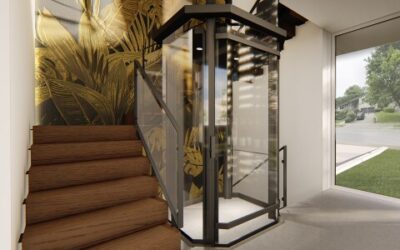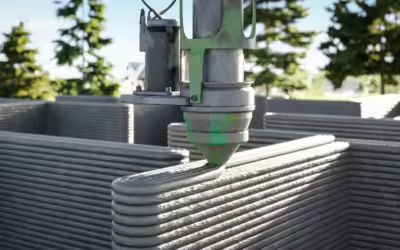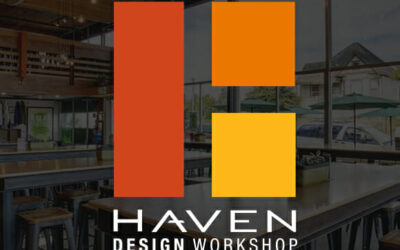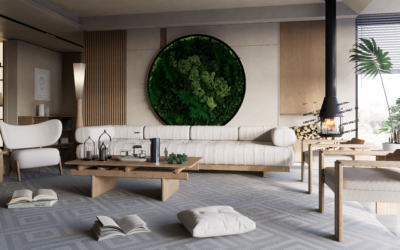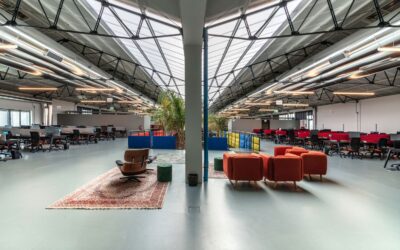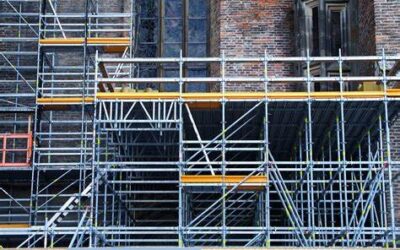This will be the first in a series of thoughts on the state of serviceability and repair in the products we consume. If it feels like the thing you bought last week is appreciably worse than the same product was 10 years ago, you’re probably right. Whether it’s toasters, washing machines, or cars, the quality of our objects has slowly but surely fallen off.
There’s plenty of reporting on this matter, but it’s typically shown framed for the average consumer, as opposed to a more architectural context. With the increases in mechanical systems integrated into the performance of modern buildings, this is a trend worth considering and designing around.
As a basic example, I’m currently shopping for a new vacuum cleaner and running into the planned obsolescence of many of the cheaper models available. If I were to spring for a $700+ model like a Miele, I could rest assured that it will last and perform for many years to come, but the $100 options are likely to only last me a year or two. A frustrating personal decision, but ultimately indicative of a larger shift in how our things are made.
One of the primary causes for this move away from repairability is the integration of silicon chips into more and more household gadgets. These chips allow for the complex function and interconnectivity we’ve come to expect, but also move us further away from the simple analog systems of yore. Those analog versions tend to be simpler and easier to repair, despite a slight lack in initial performance or sheen. To me, that lack of sheen is a worthy tradeoff, so long as the items can withstand the test of time.
In an architectural context, this decision can look a few different ways. Do you choose the higher-cost windows that seem extraneous at first, but save thousands in energy costs over the next few years? Do you skimp on your water heater, or try to save on repair costs down the line? These are the consultations a good architect can provide, parsing out the value and long-term viability of all these choices, resulting in a home that better serves you.
For a full-fledged primer on the topic, I’d highly recommend a read of Vox’s excellent piece on the
https://www.vox.com/the-goods/23529587/consumer-goods-quality-fast-fashion-technology


